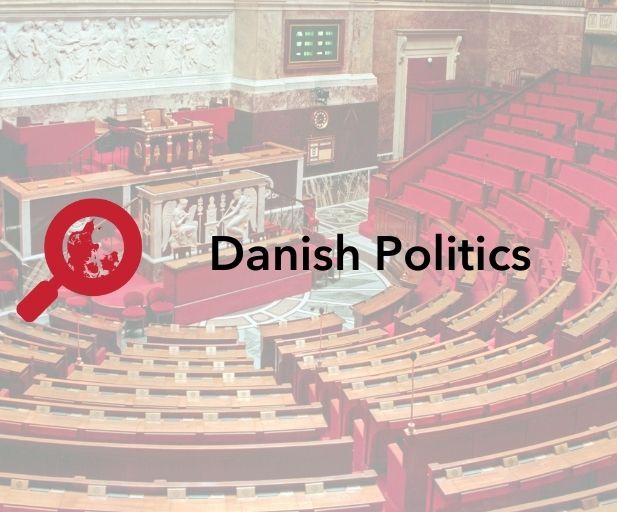A multi-party government, across the middle, which has a majority in the Danish Parliament will be historic. The social democrats and the liberals (Venstre) are now negotiating the foundation for the future government in order to prevent ideological conflicts. What are they discussing?
- Economy: The population is asking the government to help use public funds to support those most hit by inflation, the energy crisis, and rising interest rates. However, there is a high risk that the current situation will turn into an economic crisis with high unemployment and a slowdown of the economy which could dry up public funds. Already, there are only 12 billion DKK left that the government can spend on new initiatives until 2030. This is unless they start cutting costs or collecting more money through higher taxes.
- Reforms: There are two types of reforms: the “classic” where you can secure more workers by cutting public benefits, lowering taxes, and raising the retirement age; and the “second-generation” where you can motivate more people to take a vocational education. This will be interesting to see because the liberals prefer the “classic” model while the social-democrats are more inclined toward the “second-generation”.
- Taxes: Both parties want to increase the employment deduction (in order to motivate people to move from public assistance into work) so that they reduce the tax burden on low and middle-income families. Also, neither of the parties is willing to reduce the top tax that will benefit high-income families. At best, they are willing to increase the upper limit after which you need to pay top tax.
- Pension: As it will become increasingly hard to afford pensions in the future, the state needs to find alternatives. Some of them might not be very popular. For sure, the parties will advocate raising the retirement age and reducing the possibilities for early retirement.
- Welfare: Both parties have promised that public spending must keep up with demographic changes (more elderly and more children) so that the quality of public services remains the same. Spending needs to increase by 0,55% annually. A major source of conflict will be the salaries of public employees.
- Kontanthjælp: Both parties are planning to introduce a 37-hour mandatory work week for people receiving money from the social safety net. The work will most likely be in the service of society.
- Climate: Both parties agree that there is a need for a CO2 tax on agriculture. To what extent, remains to be seen, especially as the liberals have a very close connection with the farmers.
- Internationals: Both parties want to maintain a strict immigration policy. However, without the influence of the far-right in the government, there will be space to relax some of the crazier rules out there (like the ones related to family reunification). A source of conflict between the parties will be the non-European workers. The liberals want to make it easier for them to come to Denmark, while the social democrats claim that there is enough of a workforce in Europe to cover the needs we have in Denmark.







